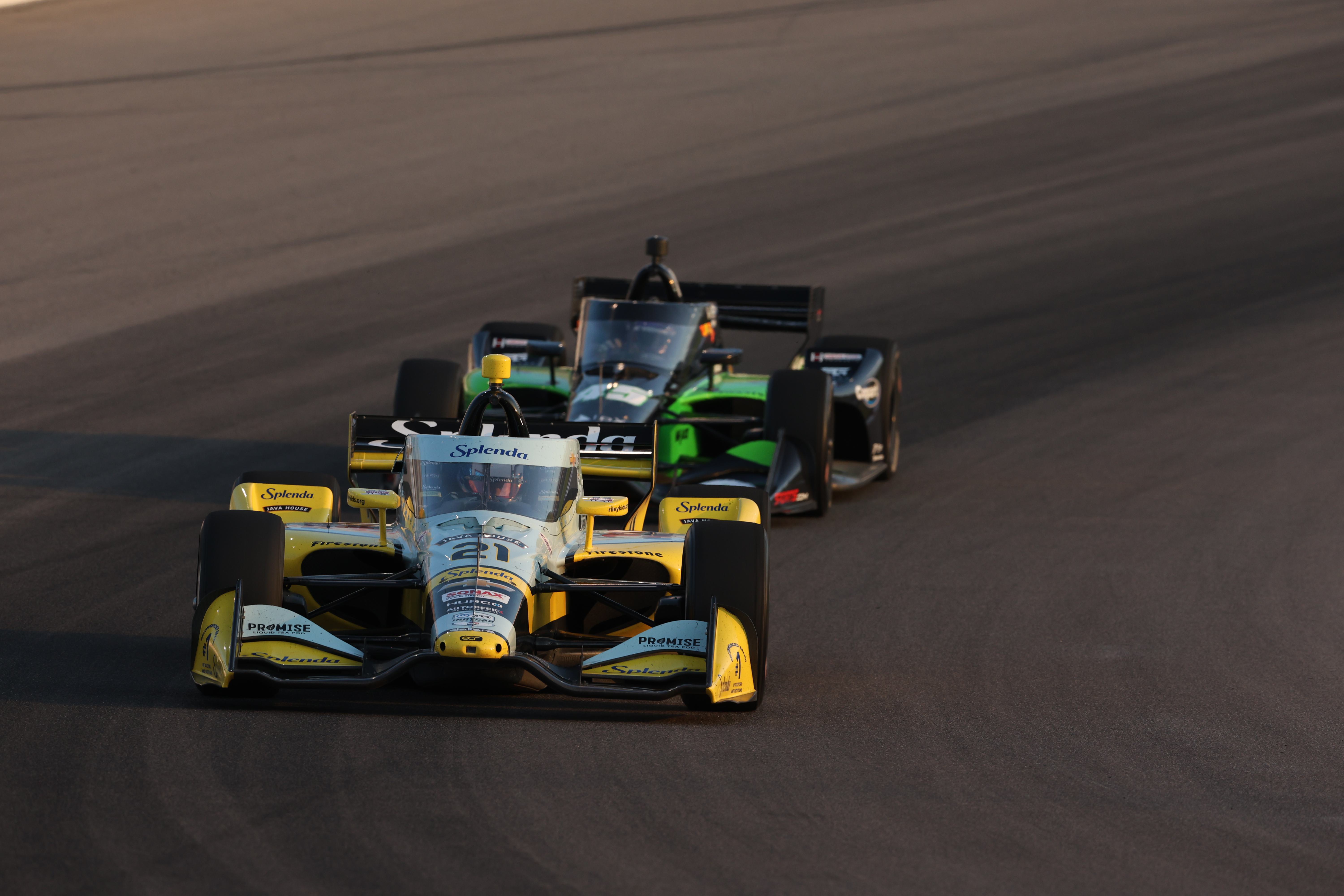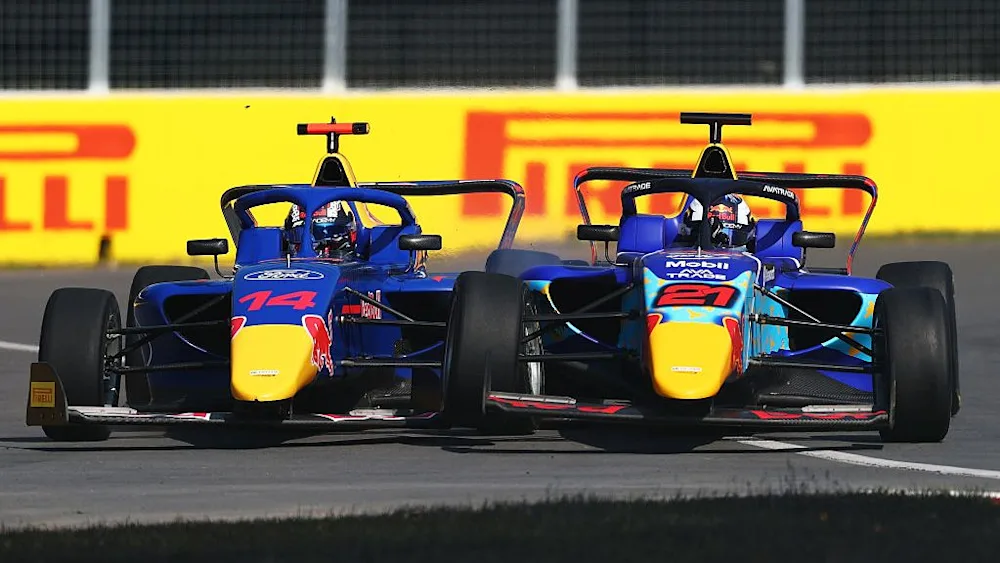Circuits and images: how does the Formula One calendar represent the sport’s identity?
- Maham Mir

- May 6
- 3 min read
Updated: May 12
Written by Maham Mir, Edited by Julia Bissessar

Formula One in 2025 will host a record-equalling 24 races with the calendar spanning over five continents. From Melbourne to Monaco, Silverstone to Saudi Arabia: What do these different circuits represent and how do they showcase the image of the sport?
The history of F1 started with the first championship in 1950 and took place at the iconic Silverstone Circuit in the United Kingdom. Since then, the sport has continued to grow and gain more attention from around the world. In recent years, the global perception of the sport has begun to shift and change. In part, this is down to an increased amount of media output including ‘Formula 1: Drive to Survive’. While media output is one part that contributes to the perception of the sport, the on-track is key to the global image of the sport and brand.
Tracks such as Monaco, Monza, Silverstone and Spa represent the historical side of F1; all these tracks have been a part of the F1 calendar since the creation of the championship. The images associated with these tracks include iconic moments like Ayrton Senna’s pole position lap in Monaco in 1988, Nigel Mansell’s Silverstone victory in 1992 and 1971’s Italian Grand Prix which had the closest ever finish to a F1 race. However, with this year being the 75th anniversary of the sport, a considerable number of changes have contributed to a shift in the sport’s global image.

In the past decade, newer tracks have been introduced to the calendar. 2021 saw the introduction of the Saudi Arabian Grand Prix. The circuit has provided action-packed races under the lights and became one of six night races which are often a fan-favourite. Some of the biggest new additions to the F1 calendar have been the Miami Grand Prix, joining in 2022, and the Las Vegas Grand Prix, joining in 2023. With these new tracks, the sport’s image has evolved from being one of history and prestige to now include glamour and unprecedented levels of showmanship with a side of racing. With lengthy contract extensions, these new tracks help to solidify F1’s embrace of this new image and chapter within the sport’s history.
For some, this new image of F1 suits the sport but for others, including some of the drivers, this new shift seems as though the racing is being forgotten in favour of marketability. Max Verstappen, who won his fourth World Driver’s Championship title in Las Vegas in 2024, said, [it is] “99% show, 1% sport”. With this new identity, supported by the new tracks, a new generation of spectators have been created. F1 teams have taken advantage of the new generation to invite notable celebrities and influencers to events.

With historic tracks such as Spa-Francorchamps becoming rotational tracks, with no Grands Prix scheduled to be held at the circuit in 2028 and 2030, questions have been raised about the history of the sport being left in the past in favour of a glamorised future. The topic of new circuits replacing older, more traditional circuits, has also joined this discussion. Scheduled for 2026, the Spanish Grand Prix which used to take place in Barcelona’s Circuit de Barcelona-Catalunya will move to the Spanish capital of Madrid, taking place at the Madring.
As the sport continues to grow, forever changing and settling into its new identity, discussions and debates will continue about the balance between history and modernity. Although fans of F1 will continue to watch the sport to marvel at the on-track action and developments in design and engineering, it will be interesting to see how F1’s relationship with its own past continues to shift.









Comments